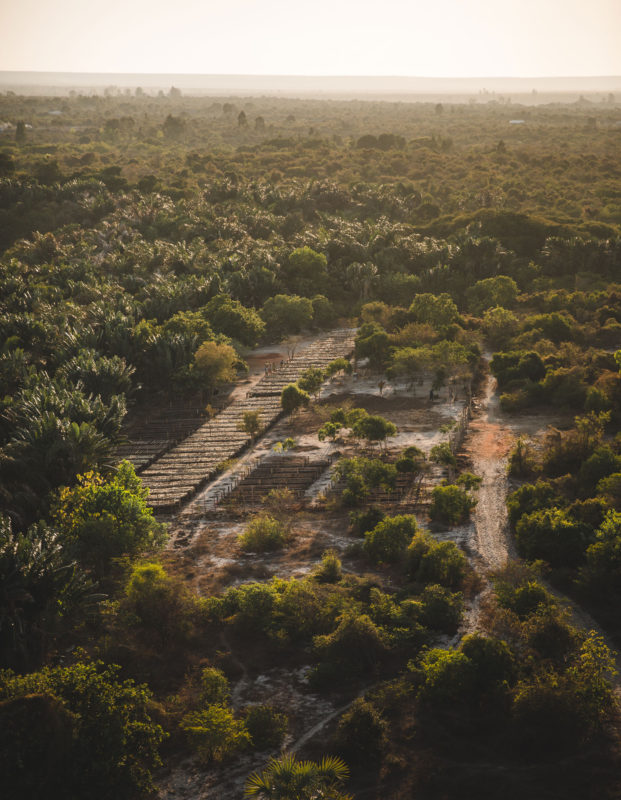Planting Site Basics
Planting Site: Antsanitia
Country: Madagascar
Forest Type: Tropical/Subtropical Dry
Site Status: Active
Planting partner: Eden Reforestation Projects
Where Are We Planting?
Antsanitia is located in dry, deciduous forests of Northwest Madagascar. These areas are warm year round and have long periods of drought through the year. These seasonal droughts have a huge impact on all living things in the forest, making them vulnerable to wildfires.
What Trees Are We Planting?
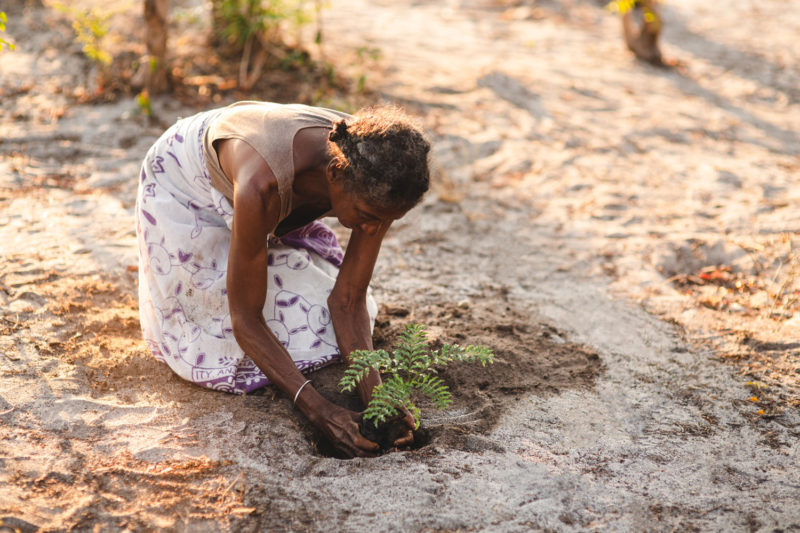
We’re planting a variety of tree species that are native to the dry deciduous forest of Madagascar, including Acacia and Moringa. Many indigenous trees have special adaptations to cope with the extremely dry conditions. For example, the Baobab tree (aka: the “Bottle Tree”) has a swollen trunk that stores extra water to cope with droughts. This site also plants some agroforestry trees, like mangos, in local communities near the sites to provide fruit.
Why Plant Dry Deciduous Forests In Antsanitia?
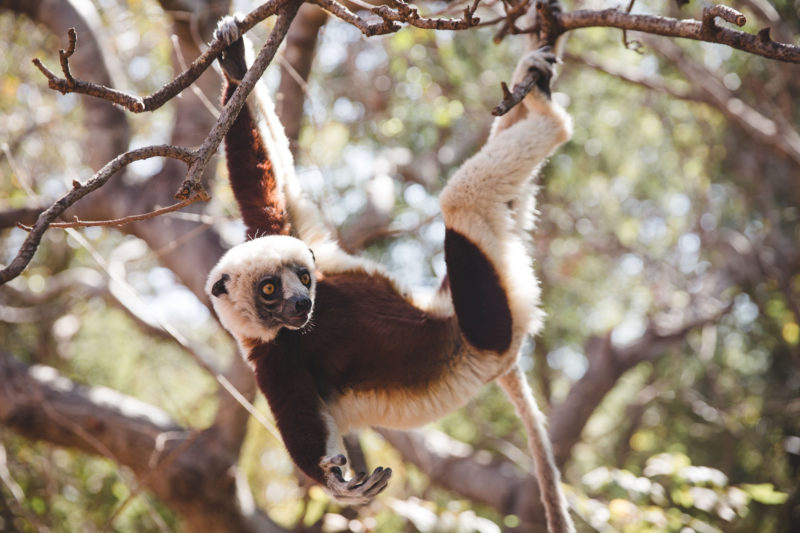
Madagascar is one of the world’s top biodiversity conservation priorities because of its high concentration of endemic species and excessive habitat loss. Since human settlement of this region, an estimated 97 percent of the island’s dry deciduous western forests have been destroyed, and those remaining are extremely localized and isolated.
The dry deciduous forests are home to many local species of plants and animals. Did you know that there are 8 lemur species unique to this area? The brown lemur (Eulemur fulvus) may be critical to the reforestation — they’re some of the few and most important seed dispersers in this diverse forest.
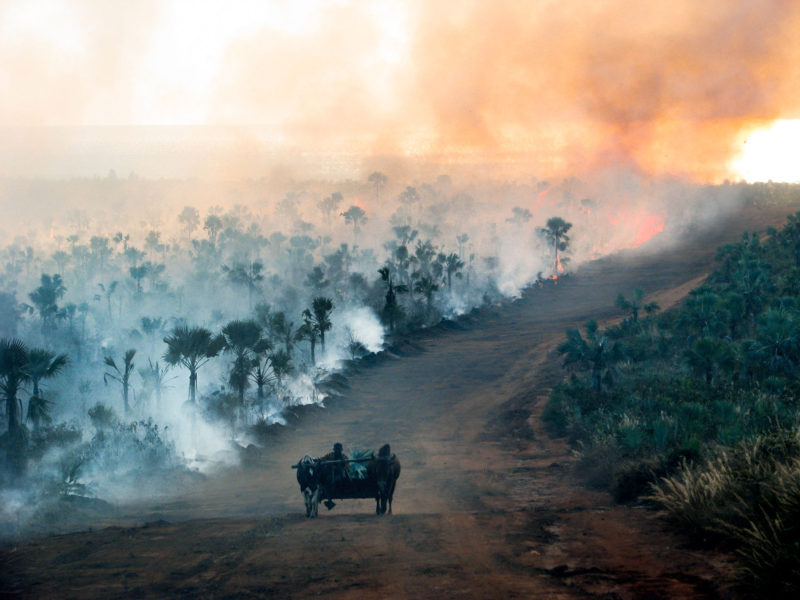
The primary driver of deforestation in this area is land clearing for dry rice farms. Increasing demand for food sources due to Madagascar’s rapidly growing population has been met with slash-and-burn land clearing of primary forests, and outdated farming practices. As farmers plant the same crop on the same plot of land year after year, it results in overfarming and degrading soil fertility. Farmers eventually abandon these failed farms and are forced to clear more treed areas for farmland.
It’s a vicious cycle that can only be overcome through a diverse range of reforestation techniques. A big part of restoration is assisted natural regeneration, which is achieved through tree planting. Guarding existing forests and educating farmers in best agricultural practices are also crucial to reforestation.
Who’s Planting With Us?
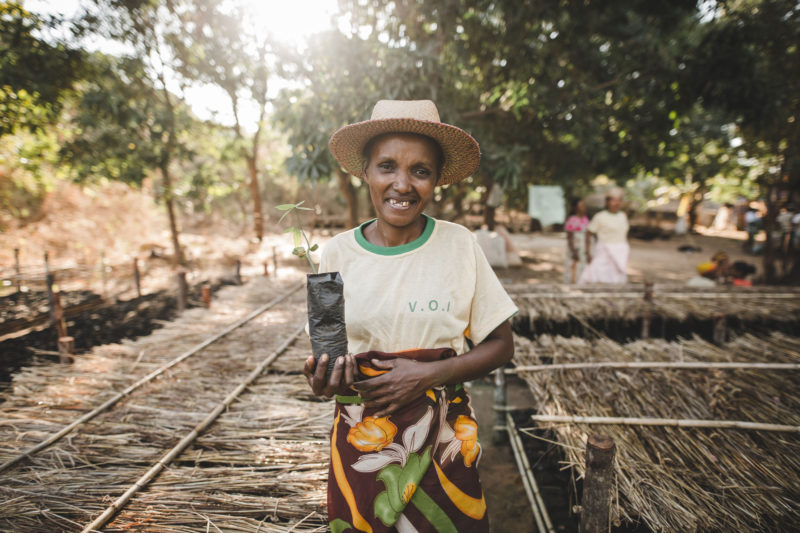
Eden Reforestation encourages local communities to become stewards of the land and drive the reforestation efforts through their “Employ to Plant” initiatives. They prioritize reforestation along with the success and growth of communities.
Through this effort, the local Malagasy communities have planted hundreds of thousands of native dry deciduous trees at the Antsanitia site. The extensive nursery is a model of how a project can evolve into a community-driven effort that integrates aquaculture, agroforestry, and farming systems to complement reforestation efforts.
What’s The Impact?
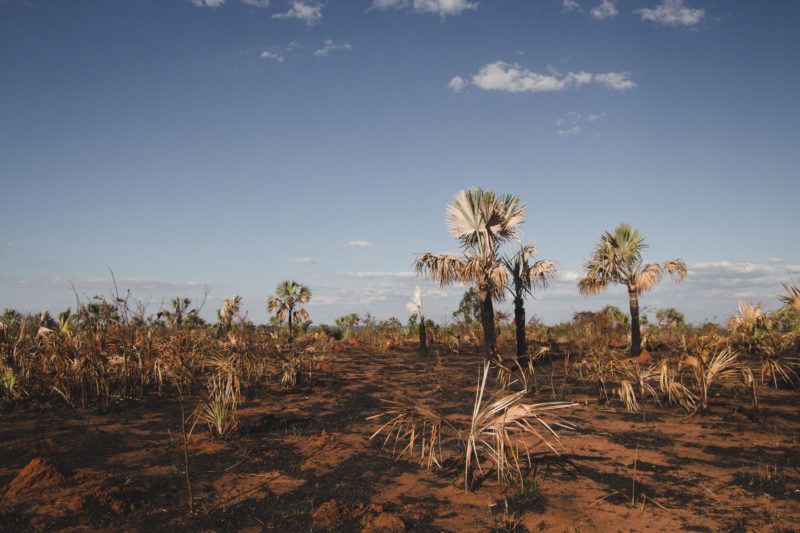
Environmental:
- Provide stability to the land and protect against erosion.
- Protect biodiversity by restoring and expanding vital animal habitat for local and endangered species.
- Provide sustaining work for locals to prevent further deforestation and encourage better land stewardship.
- Sequester carbon to help combat climate change.
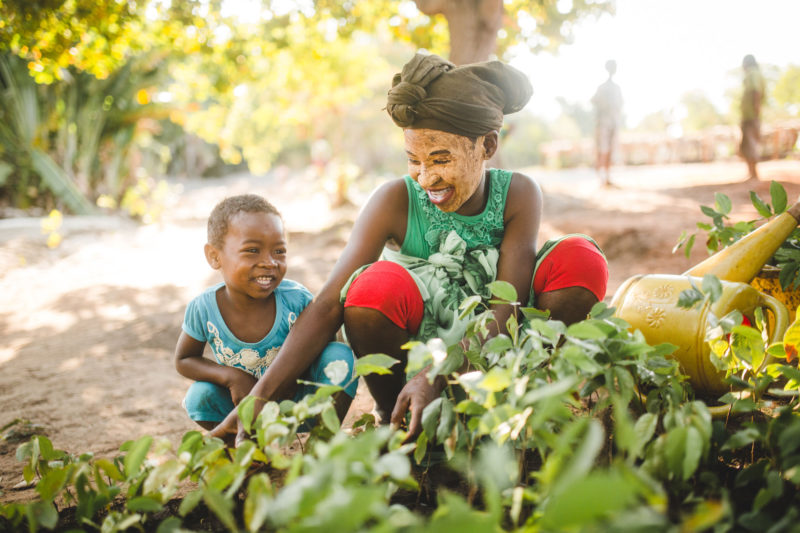
Social:
- Provide steady employment and income to those who previously would have had little or no income. Positions at this site include nursery technicians, planters, forest guards, and site managers.
- Empower the local community in the reforestation of their community land.
- Steady income allows Eden workers to:
- Improve health and wellness. Families can afford healthcare and to improve their diets with more nutritious and varied food.
- Upgrade their standard of living. Locals can now buy simple items that significantly improve their quality of life, such as beds, mattresses, solar panels, and radios.
- Invest in education. Families have the ability to pay for school fees and send their children to school.
- Invest in the Future. Locals are empowered to put aside savings, start microenterprises to diversify their income opportunities, plan for the future and work towards purchasing land and building houses that will be a legacy for their children.
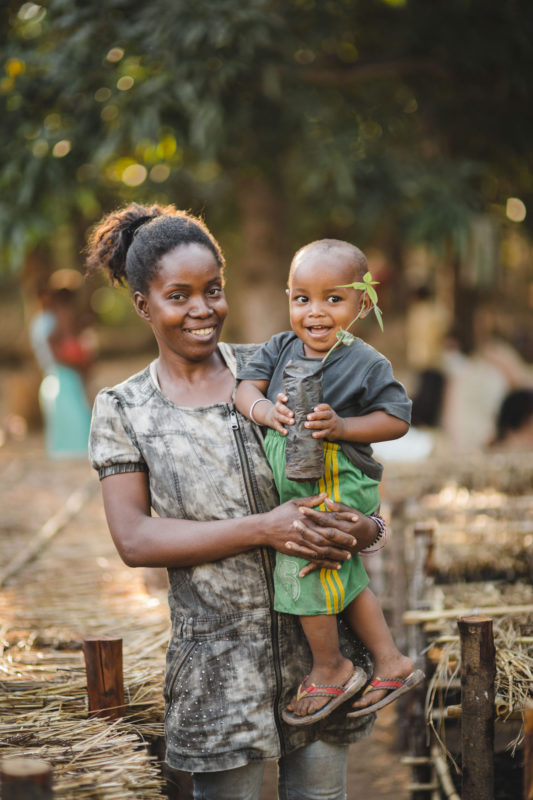
Related UN Sustainable Development Goals (SDGs)
The UN’s Sustainable Development Goals (SDGs) are a collection of 17 interlinked global goals that are a “blueprint to achieve a better and more sustainable future for all.”
Here are the SDGs that we’re addressing in our Antsanitia Site:
#1 No Poverty: End poverty in all its forms everywhere
#2 Zero Hunger: End hunger, achieve food security and improved nutrition, and promote sustainable agriculture
#3 Good Health and Well-being: Ensure healthy lives and promote well-being for all at all ages
#4 Quality Education: Ensure inclusive and equitable quality education and promote lifelong learning opportunities for all
#5 Gender Equality: Achieve gender equality and empower all women and girls
#6 Clean Water and Sanitation: Ensure availability and sustainable management of water and sanitation for all
#8 Decent Work and Economic Growth: Promote sustained, inclusive and sustainable economic growth, full and productive employment and decent work for all
# 13 Climate Action: Take urgent action to combat climate change and its impacts by regulating emissions and promoting developments in renewable energy
#15 Life on Land: Protect, restore and promote sustainable use of terrestrial ecosystems, sustainably manage forests, combat desertification, and halt and reverse land degradation and halt biodiversity loss
Want to see where your trees are planted? Register your trees now.
